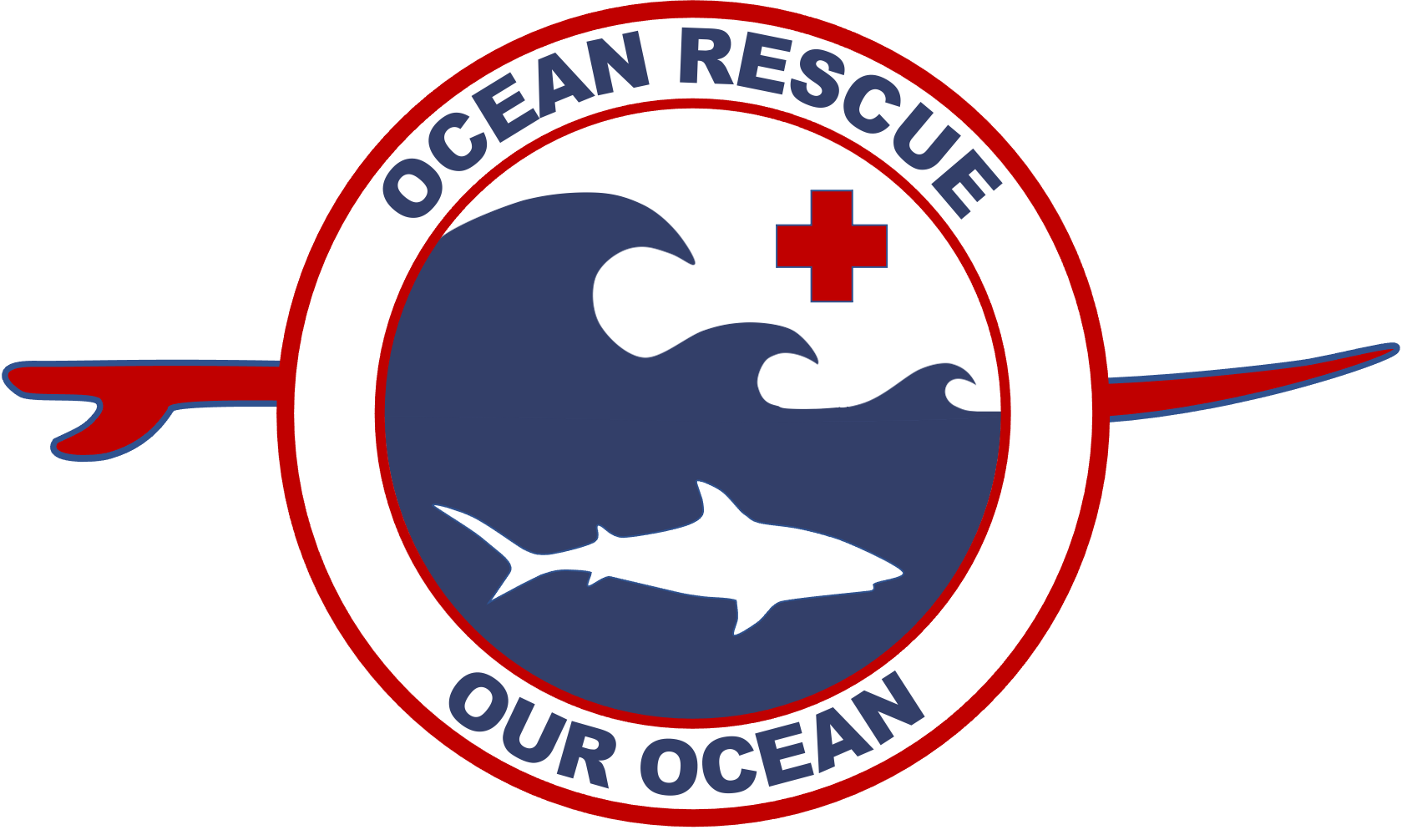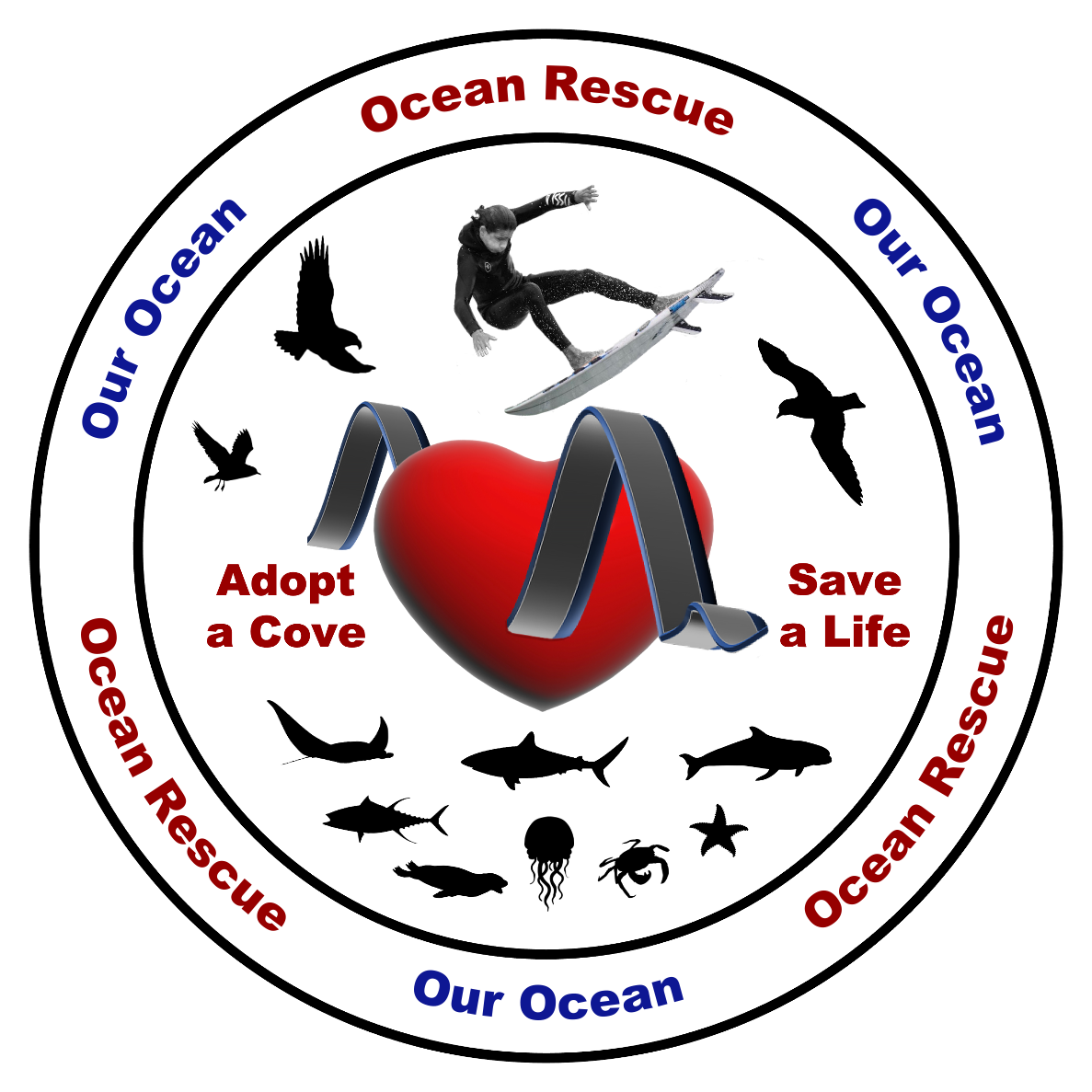
Our Ocean Rescue Our Ocean R&D program integrates bystander rescue care of people along with education to prevent damage to the ecosystems of our coves and beaches.
We are developing and testing innovations in bystander rescue care and educating the general public. We are addressing actions that can be taken to protect tidepools, reefs, and creatures on beaches, in the ocean, and in the air along our coastlines.
Our Ocean Rescue Our Ocean Community of Practice brings together world class leaders from multiple disciplines. It fuses ocean rescue and bystander care with environmental science best practices to battle failure to rescue of humans and our ecosystems.
In the surfing community, we are working with everyone from families of “micro-grom” surfers to competitors, surf coaches, and even big wave surfers. Our lifeguard collaborators range from state park marine officers to private lifeguards and those in the scouting communities.
We are working with lower, middle, and upper school students, teachers, and security staff. We are emphasizing the strength of STEM education by communicating the evidence supporting the Med Tac Bystander Rescue skills and the value of STEM tools to future environmental scientists.
At major universities we are blessed to be working with experts in business, engineering, and medicine. We are working with basic scientists medicine, chemistry, pharmacology, oceanography, and marine science. Our Rescue Our Ocean initiative is dedicated to follow the leaders in environmental science.
Charlie Denham, our team leader found through his research that environmental science students in college are not well prepared to serve on multidisciplinary cross-functional teams tackling our worst environmental science problems. He has written an article to help students and parents understand how to best prepare for college and careers in environmental science. It is entitled: Environmental Science Needs a Student – Powered STEAM Engine. Click here to download the article
The graphic below symbolizes our cause to tie the rescue of humans to the rescue of our ocean ecosystems through leadership, practices, and technologies.

